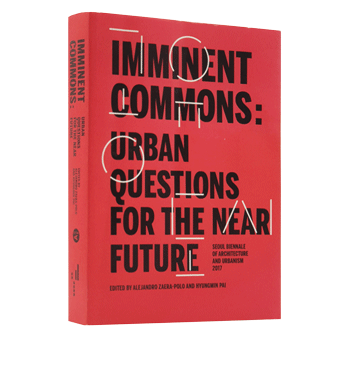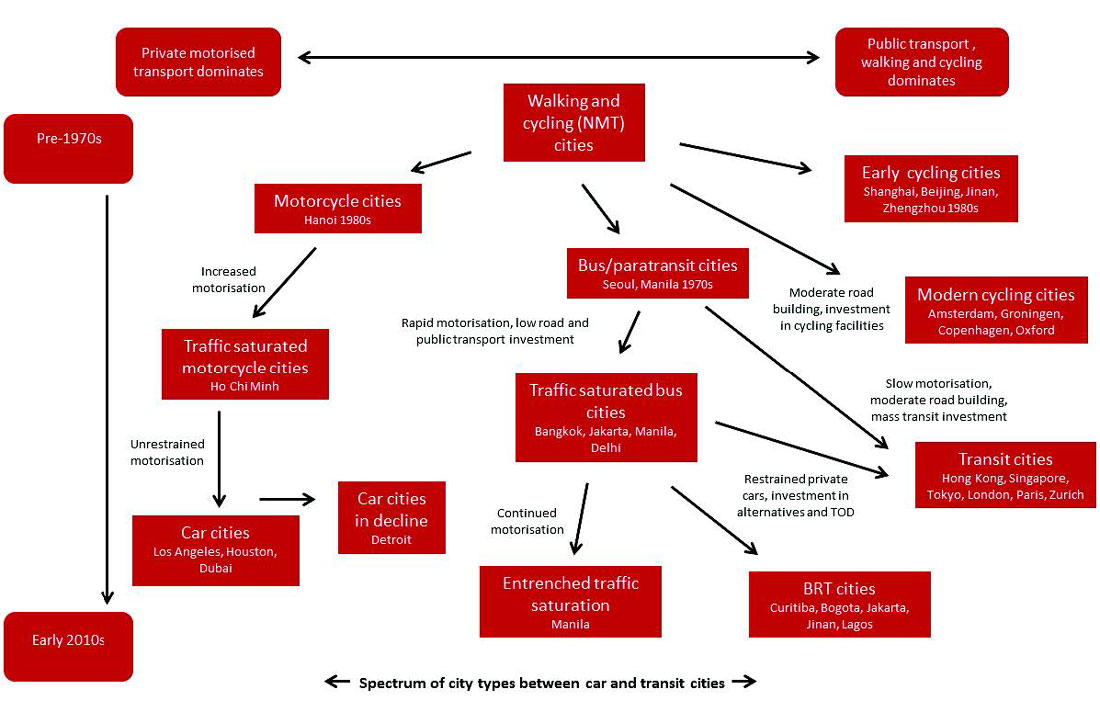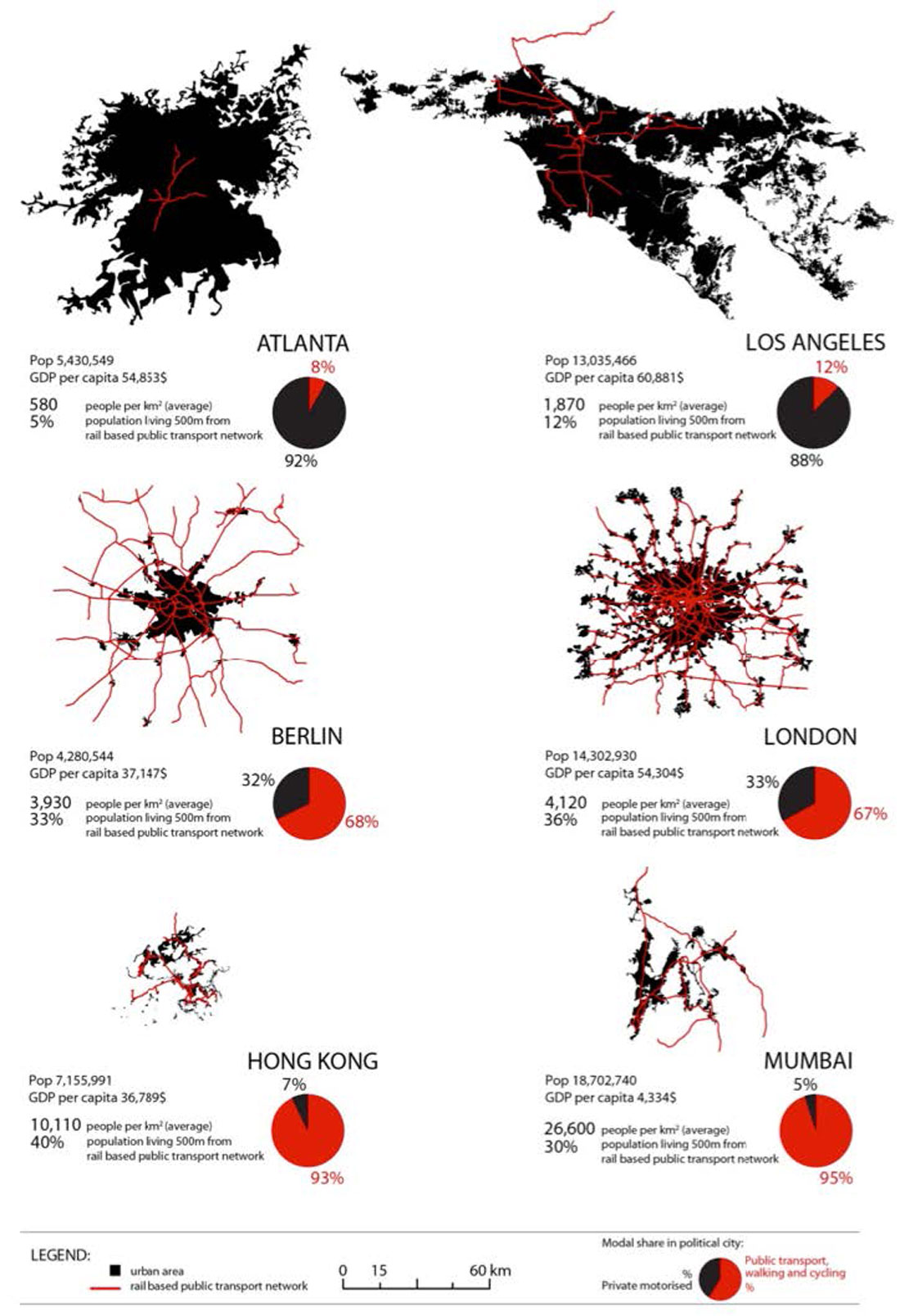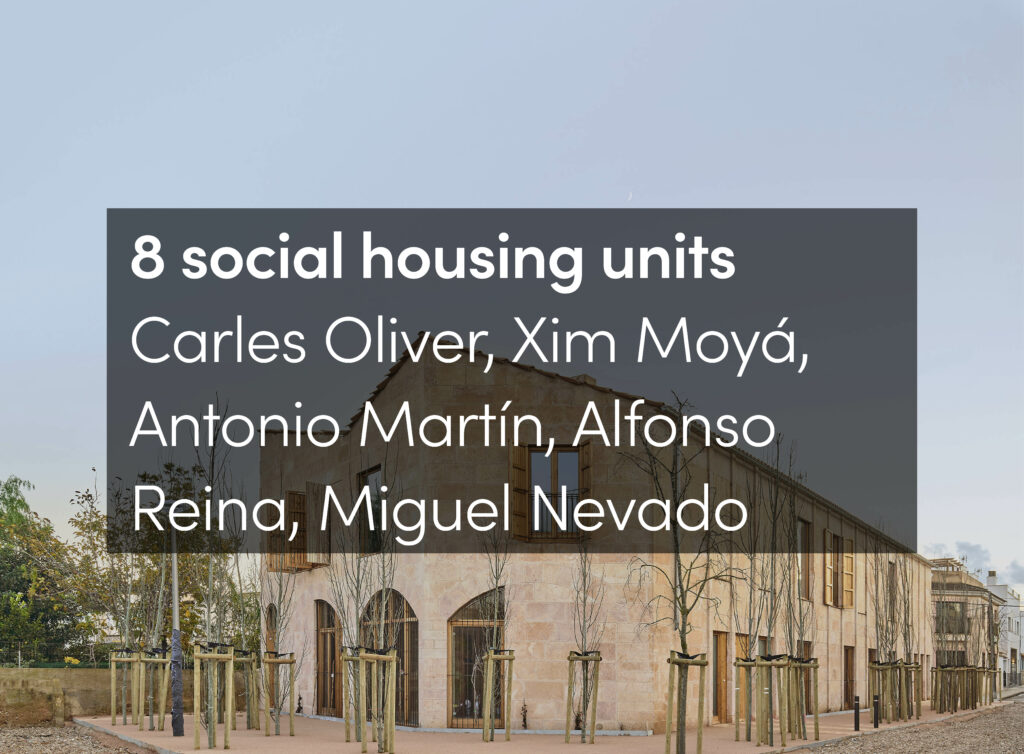Access to people, goods, services, and information is the basis of economic development in cities. The better and more efficient this access, the greater the economic benefits through economies of scale, agglomeration effects, and networking advantages. Cities with higher levels of agglomeration tend to have higher GDP per capita and higher levels of productivity. The way in which cities facilitate accessibility through their urban forms and transport systems also impacts directly on other measures of human development and well-being. Urban travel currently constitutes more than 60% of all kilometres travelled globally (van Audenhove, Korniychuk et al. 2014) and, as a result, urban transport is currently the largest single source of global transport-related carbon emissions and the largest local source of urban air pollution.
This paper will present evidence first on how accessibility in cities is created through the co-dependence of urban form and transport systems and how this relates to urban carbon emissions. This paper is primarily based on an extensive literature review and aims to assist a further reframing of the urban transport debate by emphasizing accessibility as the underlying objective of mobility and transport in cities. Above all, such a reframing implies a far greater recognition of urban form characteristics such as land use, the distribution of densities, and urban design, in addition to more conventional transport characteristics such as related infrastructure, service levels, and travel speeds.
Accessibility in Cities and Implications for Carbon Emissions
In any city, patterns of urban development are inseparable from the evolution of urban transport and mobility. Likewise, urban transport cannot be considered independently from urban form (Newman and Kenworthy 1989; ECOTEC 1993; Houghton 1995; Newman and Kenworthy 1996; Knoflacher, Rode et al. 2008; Dimitriou and Gakenheimer 2009; UN Habitat 2013). It is a combination of the two that facilitates accessibility [1] within metropolitan regions and thus creates economies of scale, agglomeration effects, and networking advantages. Recognition of this interrelationship between transport and urban form is particularly important at a time of unprecedented urban expansion. Some estimates suggest that globally, the total amount of urbanised land could triple between 2000 and 2030 (Seto, Güneralp et al. 2012) and urban kilometres travelled could increase three-fold by 2050 (van Audenhove, Korniychuk et al. 2014). Such unprecedented change would bring with it enormous risks associated with locking in energy-intense patterns of accessibility and urban form for decades to come (Ang and Marchal 2013).
Urban Accessibility Pathways
Each city has developed its own unique spatial structure and transport system to provide access to people, goods, and information. Nonetheless, different principal development patterns have evolved with respect to the most common combinations of urban spatial structures and transport. Given the strong path dependency of these patterns, we call these “urban accessibility pathways” (Figure 1). A defining characteristic of these pathways is the degree to which accessibility is based on the physical proximity between origins and destinations or on transport solutions which can overcome spatial separation, and the degree to which these solutions involve private or public motorised transport.
The first principle of achieving accessibility in cities is based on the physical concentration of people, services, economic activities, and exchange. In that regard, the most defining characteristics include residential and workplace densities; the distribution of functions and degree of mixed use; the level of centralisation; and local-level urban design. More compact and dense cities [2] (also referred to as “smart growth”; see Appendix for key features) are typical examples of facilitating agglomeration economies through greater proximity. Creating accessibility based on physical proximity implies a particular attention to planning, designing, building, and managing the specific local condition at a human scale.
To a certain extent, physical proximity in cities can be substituted by increasing the speed of travel through the use of rapid, motorised modes of public and private transport. It is important to note, however, that even then the overarching objective remains the provision of access to opportunities rather than mobility or movement itself. Infrastructural features that define such “access by velocity” include the surface coverage of roads, the quality of road and rail networks and other public transport infrastructure. In addition, transport operations and service quality determine transport-based access and typically include the service level of public transport and the availability of privately owned vehicles.
Over the last century, the mechanisation of transport and the associated reduction in mobility costs relative to incomes have allowed cities to de-densify and expand horizontally, resulting in the substitution of access by proximity with access by movement. Initially driven by the introduction of streetcars, metro, and regional rail systems (Heinze and Kill 1991; Gayda, Haag et al. 2005; Knoflacher, Rode et al. 2008), this process reached a new and entirely different scale with the onset of mass motorisation and the widespread introduction of privately owned cars (UK Ministry of Transport 1963; Bottles 1987; Cervero 1998).
Previously, transit systems allowed for horizontal expansion that both facilitated and required compact, dense urban development and continued to produce human-scale urban environments. Urban design had to acknowledge the fact that at some point in their journey, all public transport passengers remained pedestrians, navigating through public urban space. By contrast, the introduction of the motor car not only facilitated suburban development at far lower density levels, but also introduced a transport mode that needed significantly more space to operate than any other previous means of transport. In short, public transport requires urban density, while car use requires space. In most cities, this has led to extraordinary tensions as a result of the inefficient use of scarce urban space by private vehicles. This provides a particular challenge for dense, developing cities where contemporary motorisation far outpaces the provision of road infrastructure or public transit alternatives.
Figure 1. Urban Accessibility Pathways based on Barter’s city typology and transport development paths.
Source: LSE Cities 2014 based on ADB 2009 and Hickman and Banister 2014
Today, urban agglomerations can be based on many possible combinations of transport and urban form (Figure 2), each providing different levels of access. These combinations can range from walkable, public transport–based compact cities to sprawling car-oriented cities (Glaeser and Kahn 2004), and different types can be found in different parts of the world at different levels of development.
More sprawling cities require rapid modes of transport to reduce journey times and often rely on individualised motorised transport modes as the only viable transport for low-density urban areas. In turn, these car-based transport systems require substantially more space than any other urban transport system. For example, at 50 km/h, cars require more than 160 square meters per person, compared to 4 square meters for buses (assuming typical occupancy levels) (Rode and Gipp 2001). Space for car parking is an additional need, with cars being idle for most of the time. The average car in the United States is parked for 96% of the time (Heck and Rogers 2014), and aggregate parking space in car-oriented Central Business Districts (CBDs) such as in Los Angeles is more than 80% of the CBD land area (Manville and Shoup 2004). Under a business-as-usual scenario, an additional 45,000 to 77,000 km2 would be required globally for car parking alone by 2050 (Dulac 2013), a land area equivalent to the size of Denmark. As a result, the space requirements of private vehicular traffic not only imply further de-densification of cities, but they are also a major contributor to congestion and parking pressures on public space, as road infrastructure provision is frequently unable to keep up with rising levels of vehicular traffic (Kersys 2011; World Bank 2014b).
Figure 2. Urban form and modal share (black in pie chart is private motorised) of selected cities.
Source: LSE Cities 2014 (concept and information design based on Sorensen and Hess 2007)
Over recent years, compelling evidence has emerged on the degree to which urban form and transport are interrelated (Smith 1984; Holtzclaw 2000). Controlling for other factors, the difference in transport intensity between high- and low-density areas can be more than 40% in vehicle-miles-travelled per capita (Ewing, Bartholomew et al. 2008). The National Research Council in the US estimates that doubling densities within metropolitan regions can reduce vehicle-kilometres-travelled (VKT) by up to 25% when also concentrating employment (National Research Council 2009). Overall, automobile dependence is negatively associated with higher population and employment density (Zhang 2006). At the neighbourhood level, density, land-use mix and street design have a significant impact on the likelihood of walking (Ewing and Cervero 2010). [3] Similarly, the impact of transport infrastructure on urban form is increasingly well understood. For US metropolitan regions, empirical estimates show that each new highway constructed through an urban core led to an 18% decline in central city residents (Baum-Snow 2007). Recent research on the expansion of Chinese cities found that the combined effect of radial highways and ring roads was a relocation of around 25% of central city residents to surrounding regions, while regional railways were found to have no such effect (Henderson 2010; Baum-Snow, Brandt et al. 2012).
A particular feature of the transport-urban form relationship is the time lag between spaces and flows: land-use and physical environments change at a far slower pace than activities and related movements (Medley, Wong et al. 2002). A second feature is the long design life of urban form and transport infrastructure, creating significant “lock-in” effects. Some of these lock-in effects could be overcome by innovations in transport systems and technology, as discussed later in this paper. However, where urban form and transport infrastructure is too biased towards sprawling, automobile-dependent patterns of development, it can in turn lead to a change-inhibiting cultural and political equilibrium. For these reasons, dealing with urban transport or land-use planning in isolation from their interdependencies can easily lead to adverse effects and unintended consequences. Furthermore, urban transport is more complex than other transport sectors, not just because it involves the integration of different transport systems, but also because it co-produces accessibility jointly with spatial development.














